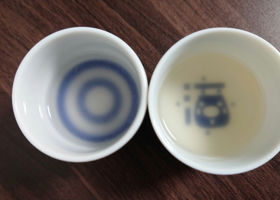

大木
Banana? Muscat? A fruity aroma like.
The moment I put it in my mouth, I felt "more like muscat".
The sweetness is strong, and while the flavor comes through, the bitterness lingers a little.
Delicious.
I read a review of the Oumachi I drank in January, and it said the same thing...
I wondered if the base was similar and the characteristics were "Omachi -> sourness" and "Yamada-Nishiki -> bitterness". I thought it was, but I'm not all that confident.
Japanese>English














































